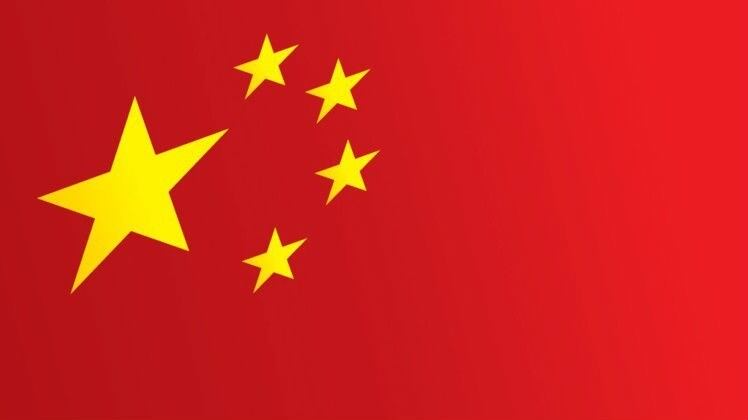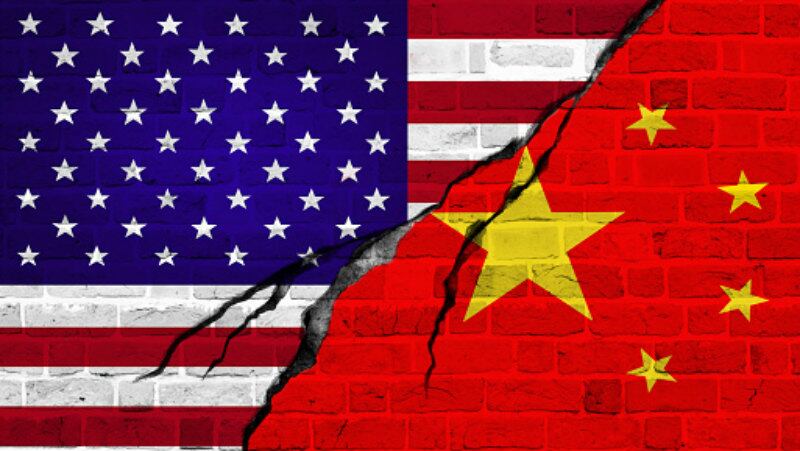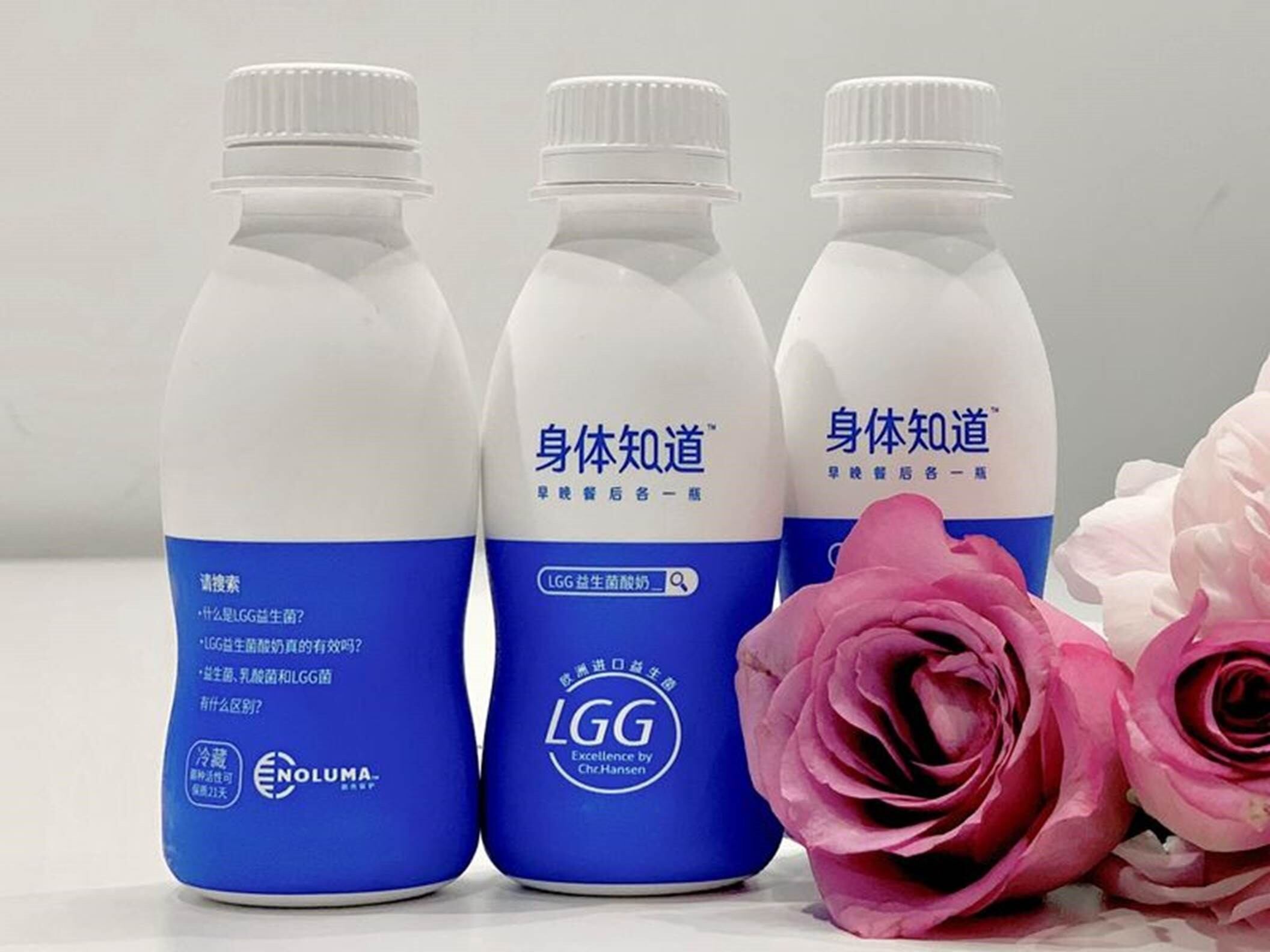The study was conducted by the George Institute of Global Health across 12 countries and over 390,000 food and beverage products. The products were scored according to the Health Star Rating (HSR) system used in Australia and New Zealand, and accorded a number of stars from 0.5 (least healthy) to 5 (healthiest) based on their nutritional profiles.
Overall, Chinese packaged foods and beverages had the highest median saturated fat content (3.4 g/100 g), the highest median total sugar content (8.3 g/100 g) and the second-highest median energy content (1461kJ/100g).
“[A total of] 37,596 food and beverage products from China were analysed. [It] ranked amongst the [worst] performing countries for food with a mean HSR of 2.37, and foods and beverages combined at 2.43,” said the report authors.
“Levels of nutrients of concern have also previously been shown to be higher in foods in China compared to Western countries.”
This finding was found to be ‘concerning’, mainly because China’s consumption of packaged foods has risen significantly over the past decade.
India was found to be the country with the overall unhealthiest packaged foods and beverages. It came in top for energy content (1,515 kJ/100 g), second in terms of sugar content (7.3 g/100 g), and the lowest HSR score overall at 2.27.
“India was consistently ranked towards the bottom for all measures of nutritional quality,” said the authors.
“This is in line with previous research highlighting the generally unhealthy nature of packaged food and beverage products sold by the largest 11 major food companies in India (with a mean HSR of <2.0).”
As a whole, packaged foods and beverages made available to consumers in ‘middle-income countries’ such as China and India were found to be less healthy than those in ‘high-income countries’ such as Australia and the United States, which was found to be a ‘significant cause for concern’.
“India and China are experiencing a ‘nutrition transition’, with national nutrition surveys from the past few decades showing consumption patterns [being] increasingly dominated by highly processed packaged food and beverage products,” said the authors.
The study’s lead author Dr Elizabeth Dunford added via a statement that the results were concerning due to the health risks that these unhealthy foods carry.
"Unfortunately it's the poorer nations that are least able to address the adverse health consequences that have the unhealthiest foods,” she said.
Healthy China 2030
Earlier this year, China announced its national health strategy guidelines dubbed the ‘Healthy China Movement’, along with ambitious goals of cutting dietary oil, salt and sugar nationwide by 2030 in tandem with the overarching ‘Healthy China 2030’ initiative.
Among the goals of this movement include to cut overall population salt consumption by some 50%, oil (fat) consumption by 30% to 40%, and sugar consumption by at least 17% from 2012 numbers.
According to numbers from the World Economic Forum, sugar consumption per capita per day in China is 33g, and this is compounded by the fact that many popular packaged snacks in the country are wheat-based, doused in sauce or marinated, or deep-fried.
In addition, many of these are convenient and cheap, for example local snack company Weilong’s Spicy Gluten Strips, which are considered to be amongst the country’s most popular snacks for both the low price and ability to effectively satiate appetites.
These can go for as low as CNY 1.55 (US$0.22) per 102g bag, which would contain multiple strips, hence would have strong appeal for consumers in the lower socio-economic range. Despite incomes being on the rise in China, these consumers still take up a large portion of the local population.
This is in comparison to what are commonly categorised as ‘healthier’ snacks, such as nuts and fruits, which not only sell for higher prices but also require higher quantities so as to satiate the average consumer.
Given the findings above, and that China is ‘one of the largest consumers of pre‐packaged foods worldwide’, the report’s findings raise significant concerns as to the practicality of realising the Healthy China vision by 2030.




